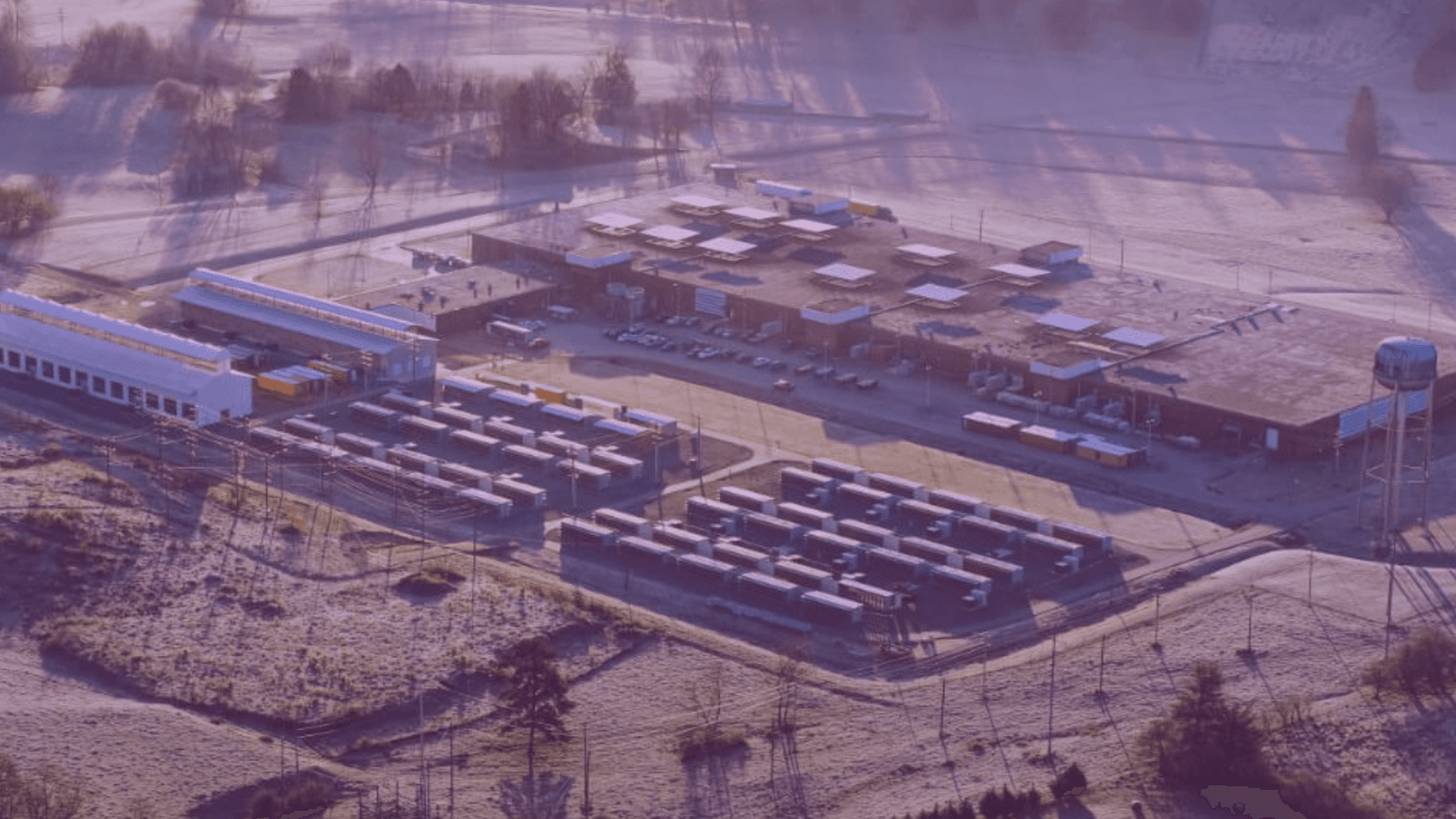
Blog • November 17, 2025

Bitcoin mining’s like a high-stakes poker game: You’ve got a killer hand with power-hungry rigs and cheap energy, perfect for raking in BTC or AI compute chips. But the table’s brutal, the global hashrate is over 1 ZH/s (1,000+ EH/s), and the 2024 halving slashed rewards to 3.125 BTC, squeezing margins to ~$0.9M/MW/year, depending on the efficiency of your fleet.
That’s why miners like Cipher, Bitfarms, and Bitdeer are betting big on AI data centers, signing billion-dollar deals to turn their infrastructure into compute gold. In Part 1, we saw how miners’ power setups are a perfect fit for AI’s boom, now, let’s dive into the dealmaking frenzy where the stakes are sky-high.
Imagine you’re a miner, sweating over rising power costs and a 2024 halving that cut the block subsidy to 3.125 BTC. Then, hyperscalers like Google and CoreWeave knock with a deal too good to ignore.
Cipher Mining, for instance, locked in a 10-year, $3 billion+ contract for 168MW in September 2025, with the potential to scale to $7 billion, leveraging their Texas power sites.
That’s not just a side gig, it’s a game-changer, turning stranded energy into AI compute revenue.
Bitfarms is all-in too. After acquiring Stronghold, they’ve shifted 66% of operations to the U.S., swapping LatAm assets for Pennsylvania power plants.
Their CEO, speaking in June 2025, said their focus is “entirely on HPC and the AI opportunity,” chasing 20-30x valuation multiples compared to mining’s 3-5x. Q1 2025 revenue rose 30%, despite losses from write-downs, as they leaned into AI data centers. It’s like a food truck owner upgrading to a full restaurant, same power, bigger profits.
Some miners aren’t just leasing space, they’re innovating too. Bitdeer’s developing their own chips, like the SEALMINER A2 (13.5 joules/terahash) and A4 (mid-single-digit J/TH), While it is purpose-built for Bitcoin mining, these efforts reflect Bitdeer’s broader push into chip design, high-performance computing, and AI-related infrastructure.
With 900MW in operations and a 1.5GW pipeline across the U.S., Europe, and Asia, they’re offering cloud services (250 Nvidia GPUs in Singapore) and colocation.
The catch? Retrofitting mining sites for AI is a big bet—$10-20M per MW to swap out Bitcoin ASICs for GPUs, add liquid cooling, and wire up high-speed networking, based on 2025 industry numbers. But Bitdeer’s playing a long game with hydro-powered sites in Bhutan, where dirt-cheap $0.03/kWh power targets India’s booming AI market.
Their SEALMINER chips (A2 at 13.5 J/TH, A4 at mid-single-digit J/TH) are built for Bitcoin mining, not AI, keeping costs low so they can afford to outfit sites with Nvidia GPUs for AI hosting ($1.46M/MW) or their own cloud services ($3-4M/MW). This setup lets Bitdeer stay flexible: mine BTC when prices hit, say, $200K for ~$3.5M/MW, or pivot sites to AI when hyperscalers like Google or Nvidia come knocking.
Let’s clear up a key point from Part 1. We compared Bitcoin self-mining revenues ($0.9M/MW/year at $100K BTC, 20 J/TH efficiency) to AI hosting revenues ($1.46M/MW/year, based on Core Scientific’s CoreWeave deal). That’s not the full picture.
If miners run their own AI compute, like Bitdeer’s cloud services, the revenue could hit $3-4M/MW, 2-3x hosting yields, based on 2025 industry estimates. It’s like comparing selling raw coffee beans (hosting) to running a café with your own roaster (self-compute), the latter’s riskier but far more rewarding.
Here’s the visual to drive it home:
These deals aren’t just about cash, they’re about miners staking a claim in a new era. As we explored in Part 1 of this series, AI’s reshaping compute landscapes. Miners control ~4GW of ready power, a fraction of the 30GW needed, but their ability to scale fast.
Top firms like Cipher and Bitdeer boast 1GW+ pipelines, but retrofits ($5-25M/MW) and expertise gaps are hurdles. Long-term contracts also risk capping gains if Bitcoin hits $200K.
In Part 3, we’ll look to the horizon: Can miners become AI titans, or are they just leasing their way to survival? Subscribe to our newsletter for weekly takes on Bitcoin, compute, and what’s next.
Subscribe →